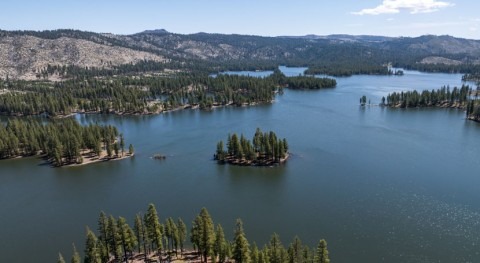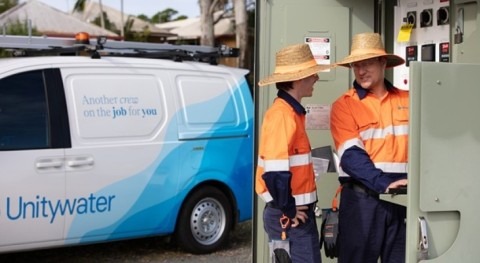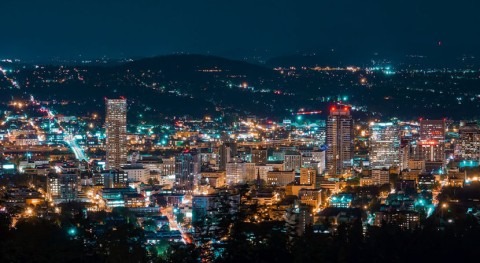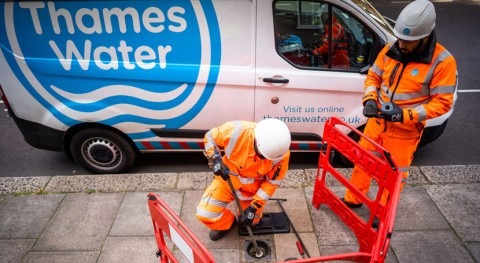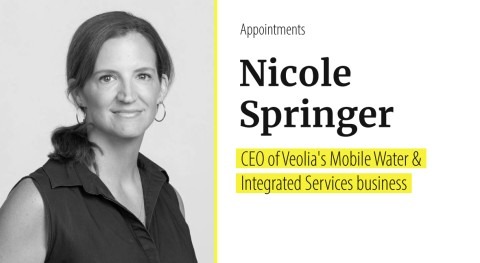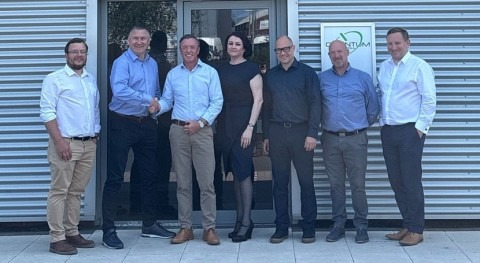The Greater Paris Sanitation Authority (SIAAP) and SUEZ have inaugurated a new biogas production unit at the Seine Aval wastewater treatment plant. This facility, which treats wastewater from approximately six million residents in the Paris metropolitan area, is considered the largest of its kind in Europe. The project, led by a consortium under the direction of SUEZ, is part of a broader modernization effort for the plant.
“This new biogas production unit, the largest in France, is part of an ambitious program to modernize the Seine Aval facilities. It will enable the recovery of 130,000 tonnes of sludge produced annually from the wastewater treatment of 6 million people in Paris metropolitan area, into fertilizer and local, renewable energy. SIAAP is France's largest producer of biogas. This unit also provides a concrete response to the challenges of industrial safety, operational performance and environmental protection,” said François-Marie Didier, Chairman of SIAAP.
Xavier Girre, CEO of SUEZ, commented: “SUEZ is proud to have successfully completed, together with its partners, this transformative project to address major challenges for the region. The new biogas production unit will enhance the performance of the Seine Aval wastewater treatment plant, while reducing its environmental footprint. It leverages cutting-edge solutions and SUEZ’s long-standing expertise in sewage sludge recovery. This achievement reflects the trust-based relationship established with SIAAP teams to support the transformation of the Seine Aval wastewater treatment plant, a key site for environmental protection and the energy sovereignty of the Paris metropolitan area.”
This facility, which treats wastewater from approximately six million residents in the Paris metropolitan area, is considered the largest of its kind in Europe
The Seine Aval site spans seven municipalities in the Yvelines and Val d'Oise departments, treating wastewater from a significant portion of the Paris region’s population. Reconstruction of the biogas unit began in 2016 and was undertaken by a consortium including Chantiers Modernes Construction (a Vinci Construction subsidiary), Demathieu Bard Construction, SOGEA Environnement, and Thetis Tanguy du Bouetiez Architecte, with SUEZ as lead contractor. The effort aligns with a modernization initiative launched by SIAAP in 2009.
The facility has a sludge treatment capacity of 130,000 tonnes per year and is capable of producing 350 GWh of energy annually. It meets 56% of the energy requirements of the Seine Aval plant and is self-sufficient in terms of its own energy use. The design incorporates modern standards for safety, compactness, and odor management, and has been engineered for adaptability to varying sludge characteristics.
The project’s total cost was €401 million (excluding VAT), including €373 million for the consortium. It was partially financed by €32 million in subsidies and €16 million in interest-free loans from the Seine Normandy Water Agency.
The biogas unit uses SUEZ’s proprietary Digelis® Fast thermophilic digestion process, which reduces both space and energy requirements. The facility now operates with 11 digesters instead of the previous 26, while maintaining the same production capacity. This has freed up 70,000 m² of space on the site. Additional energy savings have been achieved through insulation and heat recovery systems, resulting in a 10% reduction in energy use compared to the earlier setup.
SUEZ reports that it has contributed to over 85% of sewage sludge anaerobic digestion capacity in France and has built 1.5 million m³ of digesters globally.
Construction involved 350 workers on-site at peak times, accumulating a total of two million work-hours, including 46,000 hours allocated to professional integration programs. The project included the installation of 11 digesters, each with a 12,000 m³ capacity, and 34 kilometers of piping. The design allowed for a 35% reduction in concrete use compared to standard technologies, with 45% of the concrete used being very low-carbon and 5% classified as low-carbon.



